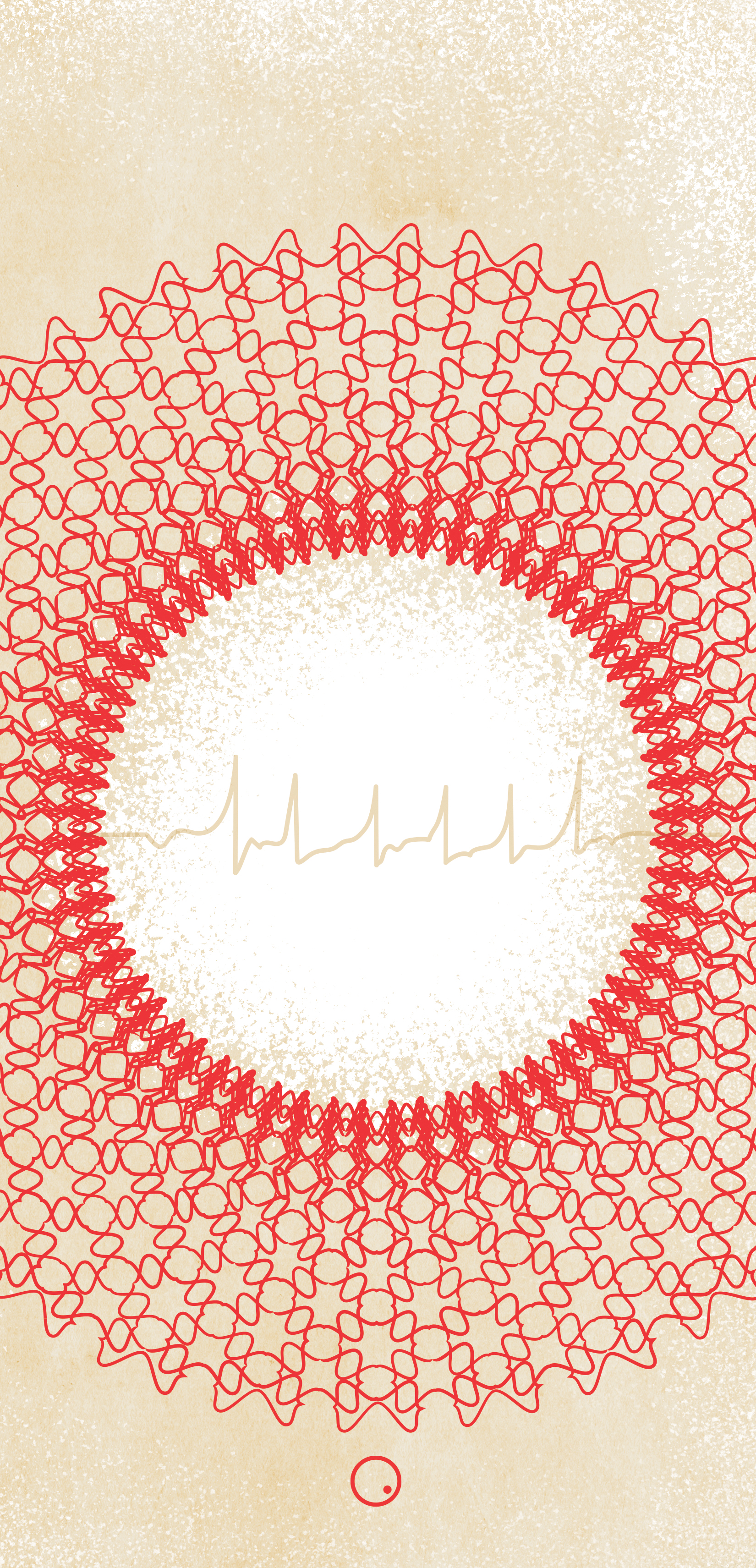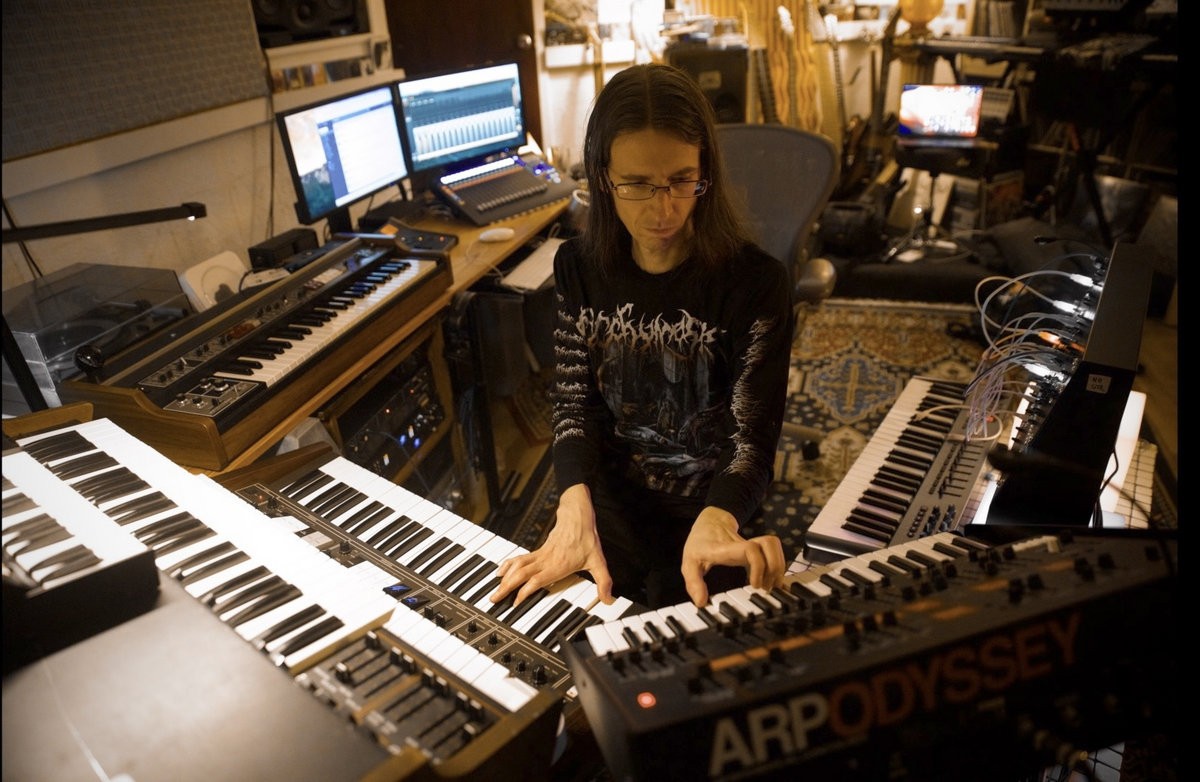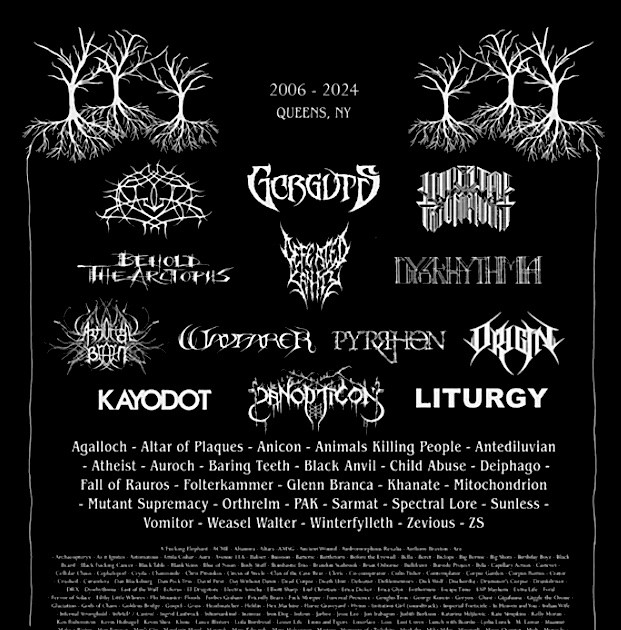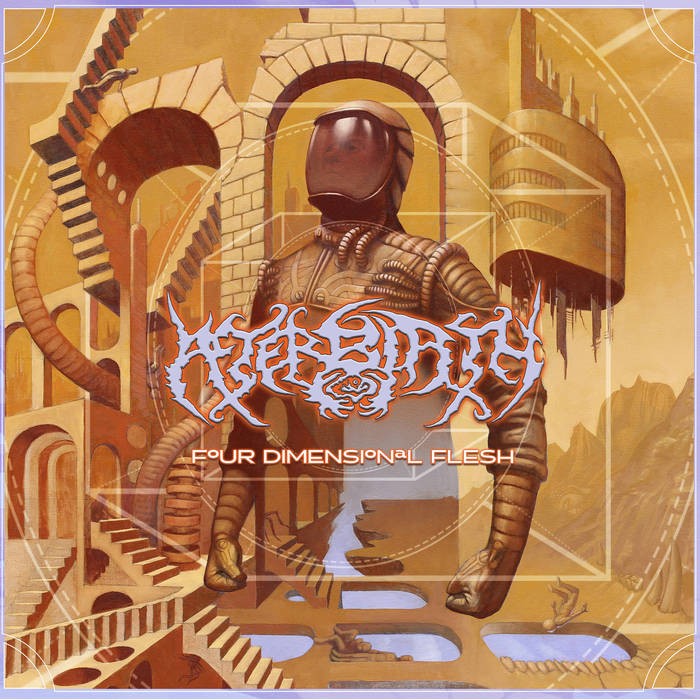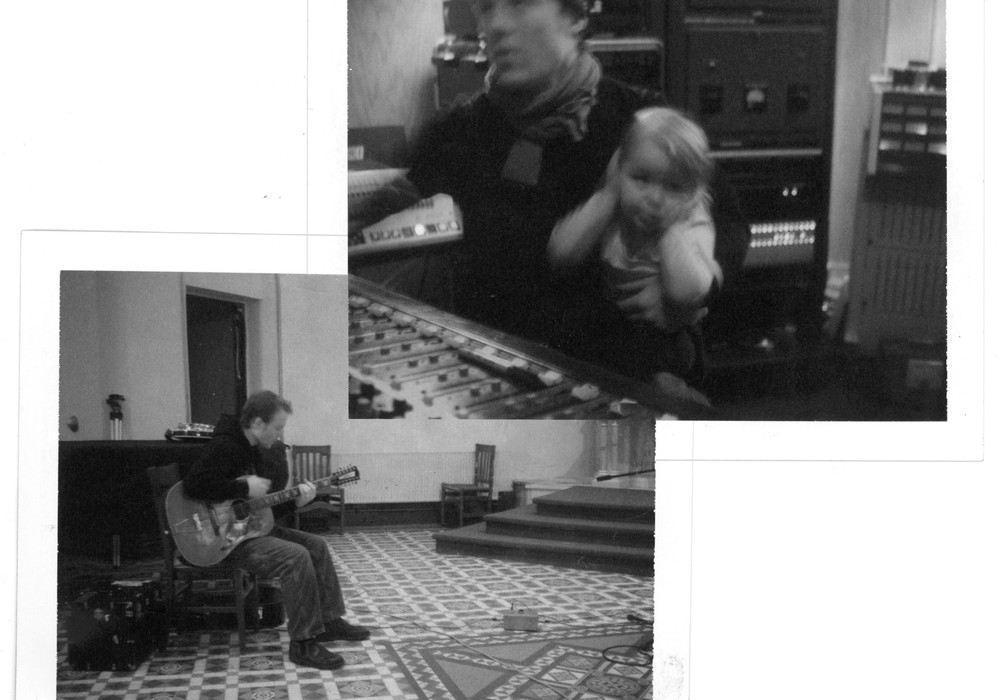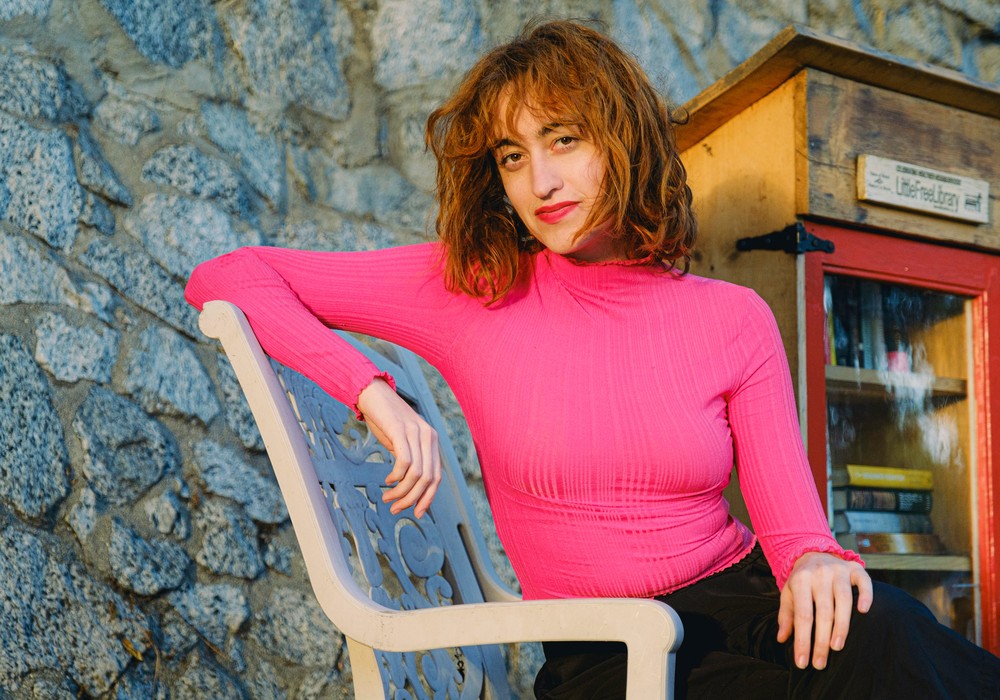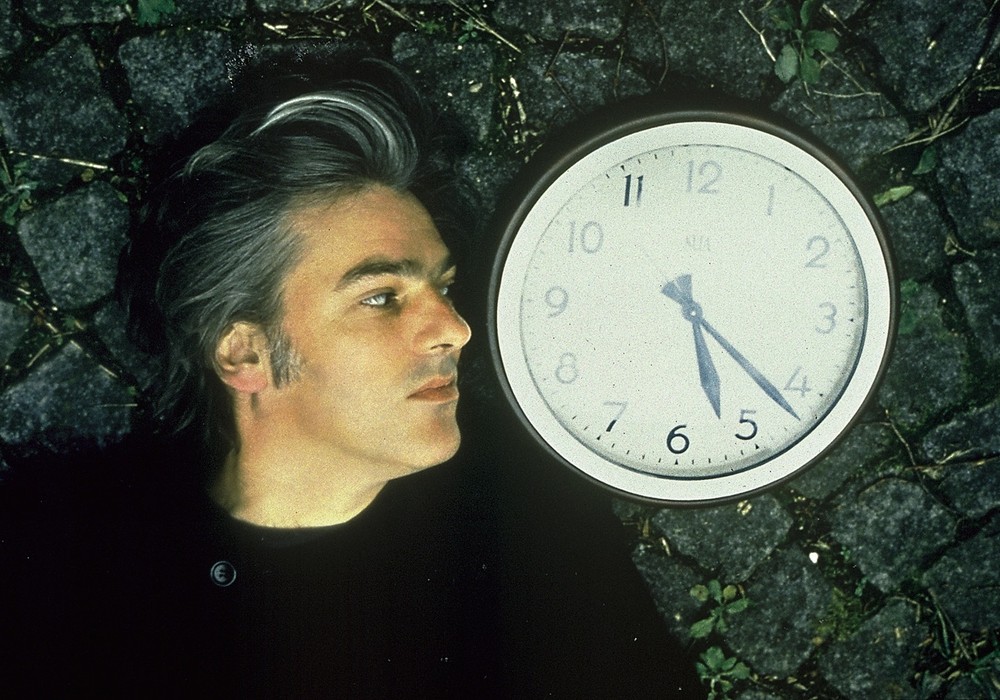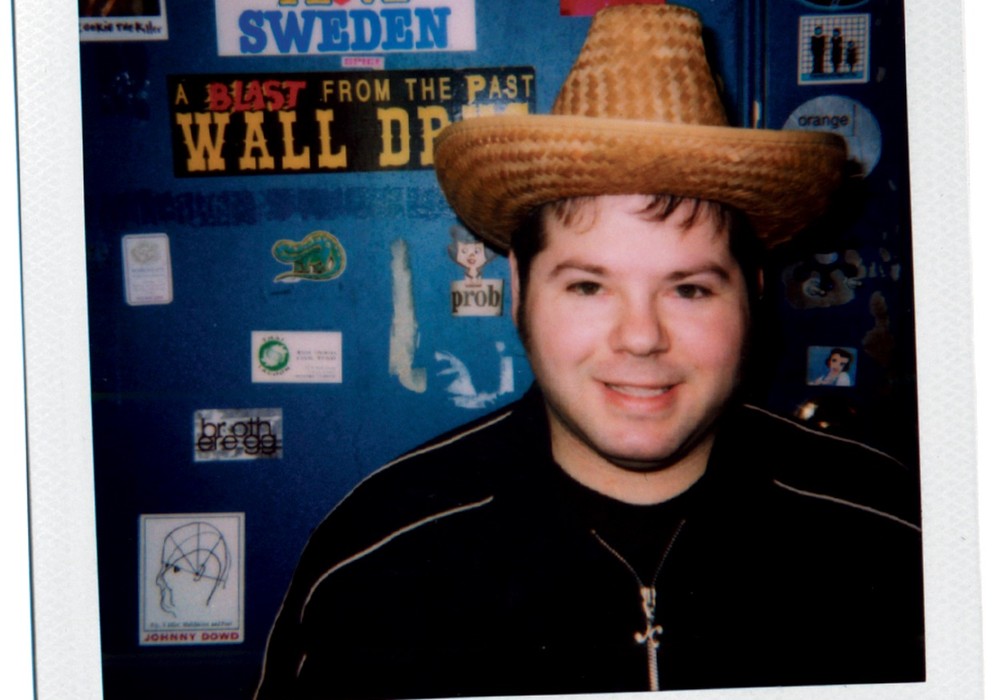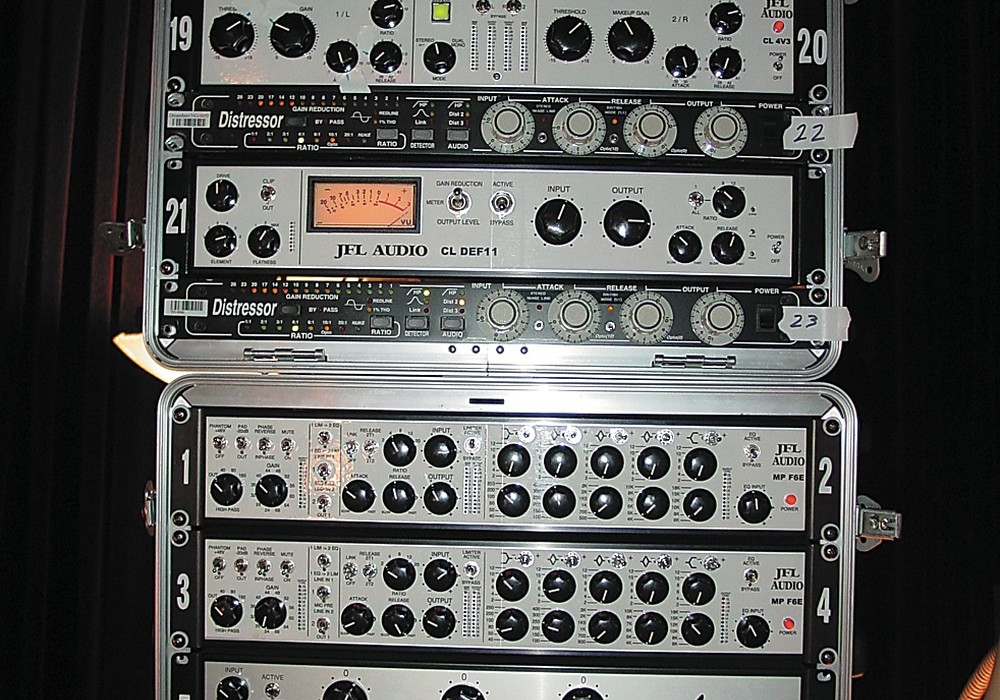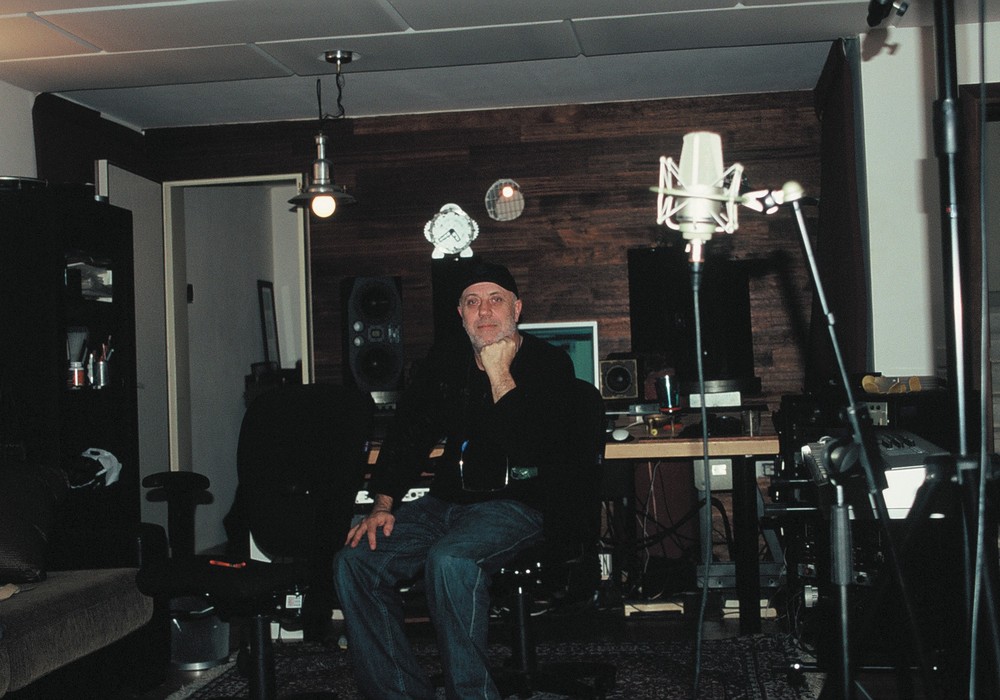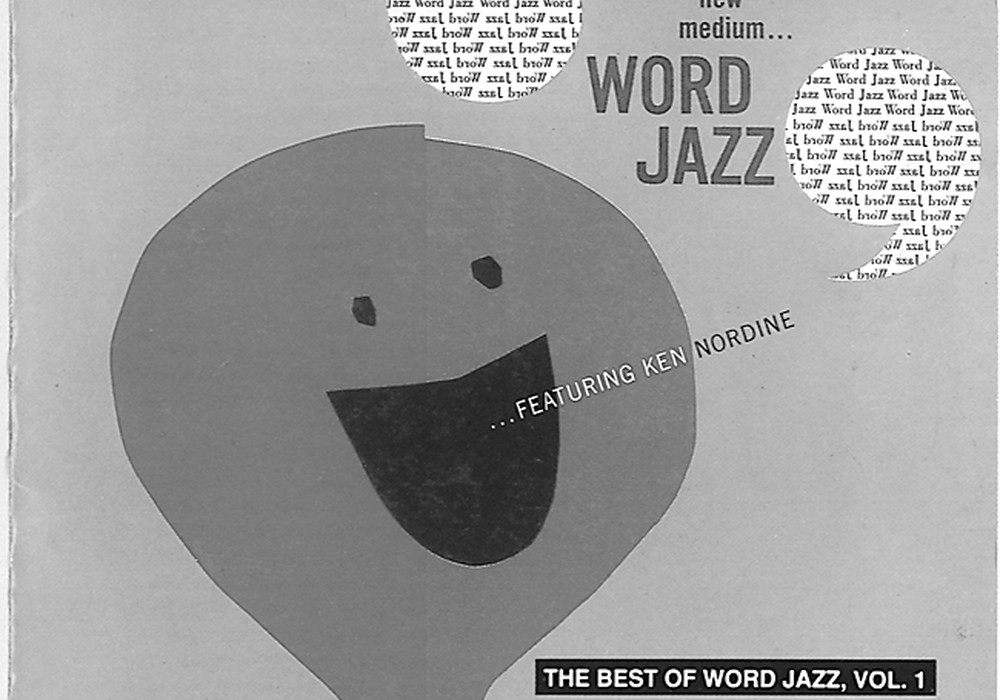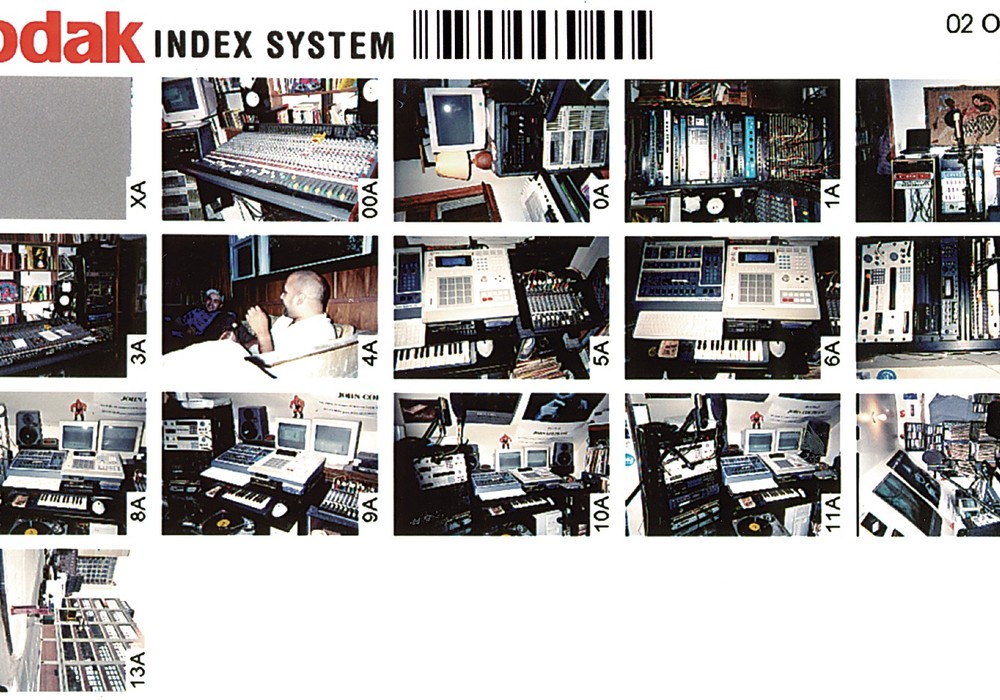Was Menegroth your first studio location?
I first had a studio in a basement in Williamsburg called Paincave from ‘04 to '06, right before I became a full time engineer. I found the space for Menegroth through Craigslist and shared the rent for years with Kevin Hufnagel and Jeff Eber from Dysrhythmia. The studio had previously been called Bayside Sound, and was more in the rock/pop world. I rearranged the layout so that although the control room didn’t have a window; we had three iso booths with a line of sight to the drummer in the live room. That’s the perfect set up for me. Eventually, I could afford the whole space for myself, finally worked my way out of debt… and then the landlord sold the building and kicked me out. There’s a 200 year old bar [Neir’s Tavern] in the building that was in Goodfellas and was saved by the city as a landmark, but who’s going to stand up for an experimental metal studio? I had a lease through 2024 and knew the writing was on the wall. Gorguts had a gig at Maryland Deathfest at the end of May, but I had a ton of friends pitch in with the move and it all worked out.
If anything, the city should have saved Menegroth as a cultural landmark. I saw that it was memorialized on a tribute shirt. What a festival line up that would be!
The shirt was organized by Zachary Ezrin from Imperial Triumphant, who’s such a sweetheart and a champion of the stuff I do. If I designed the shirt it wouldn’t be as metal leaning, because I’ve been lucky to record all kinds of music. A big part of what happened at Menegroth was this hard-to-describe mix of experimental, improv, and free-jazz, for lack of a better term. There’s a great community of those musicians in New York, and a lot of those records were my favorite to work on. We set up, record for a few hours, mix for a few hours, and the whole thing is done. Many of my fond memories of the studio can be found in the small print on the shirt. With a metal record, it’s more of a mountain to surmount. You just slog through it, and if you’re meticulous enough and record things properly, it’ll turn out clear and heavy and all the things we want in a metal recording. But it’s SO fucking hard! Extreme metal music is the most difficult music to work on, by far. What you’re asked to do is so insane; it’s music that’s built to not work.Was working with Defeated Sanity a bucket list item?
Absolutely, I would consider myself their number one fan. I met [drummer/bandleader] Lille Gruber in 2008, and we finally worked together when I mixed The Sanguinary Impetus. I’m very excited for their upcoming album that was tracked at Menegroth, because I feel like it’s one of the best sounding things I’ve ever done. Now… it is brutal death metal, so if you’re not ready for that combination of sounds you’ll probably think it sounds terrible. [laughs] But the drums just sound like drums!
I’m a big fan of your work with Afterbirth. Those drums sound like drums, and the band sounds like “a band.”
I recorded their two recent albums, In But Not Of and Four Dimensional Flesh, and had a longer history of recording vocalist Will Smith [aka Uncle Buck] when he was in Artificial Brain. Afterbirth are one of my favorites because A) The music is awesome and original, and B) The sound of the band is so much easier to mix than your average death metal band. There’s just space in the sound. Maybe they’re drawing more from rock than the inscrutable side of brutal death? Keith Harris’ drum fills almost slow things down in an ‘80s way, with those [Remo] Rototoms I’m such a sucker for. Defeated Sanity and Afterbirth both exist in brutal/technical death metal, but their approach to recording could not be more different....